Content
 Certified Article
Certified Article
The content of this article is certified for accuracy by the Digital Accessibility Centre.
Requirements
- Use clear and straightforward language.
- Limit content to what the user has requested.
- It is sometimes necessary to group elements in a tile (this depends mainly on the amount of information within it).

Full Explanation
Users in a mobile context are often looking for specific pieces of information rather than browsing. Content providers should consider the likely context of the use of information and, while providing the option to access all information, should offer appropriate information first.
The general prescription to use precise language is particularly important for mobile delivery, where a short, concise directness is generally more desirable.
Writing content in the traditional journalistic "front-loaded" style can assist users in determining whether the information is of interest to them and allow them to skip it more easily if it is not. Placing specific information at the beginning of headings, paragraphs, lists, etc., can also help the user contextualise when using devices with limited screen area.
Screen reader users, in particular, find this more appealing as the words ‘Read more about…’ before a link can be unnecessary and increase the time to navigate, this can also be a problem on a desktop. Users often navigate links in a list using first-letter navigation, allowing users to skip to all links beginning with a particular character.
Content was posted on 29/06/2023 @ 15:55
